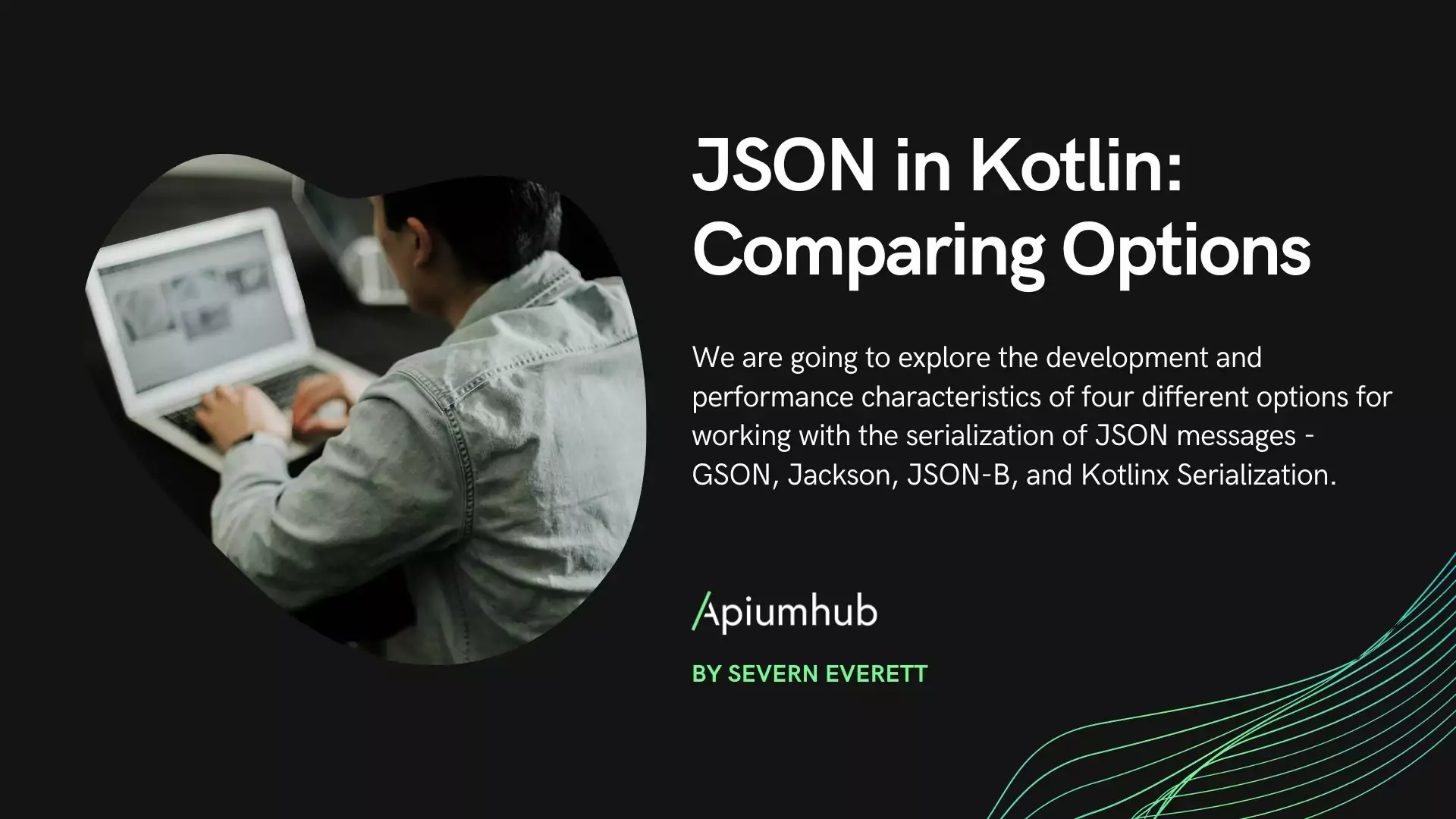Table of Contents
IT buzzwords change like the wind. From CI to TDD, and you should always stay updated with latest trends that might increase your productivity and improve the process overall. So today let’s speak about the buzz word “DevOps” because a lot of people are not actually sure is it a movement? A new process or technology? A job title? Or just a way of thinking? Also we will look at top DevOps technologies, tools and benefits.
Probably you have heart a lot about DevOps and their importance in companies. Let’s look at who are Devops engineers, why they are important and how they are different from software developers.
DevOps engineers drive change in IT culture, focusing on rapid IT service delivery through the adoption of agile, lean practices. DevOps engineers improve collaboration between operations and development teams. They utilize Devops technologies , especially automation tools that can leverage an increasingly programmable and dynamic infrastructure from a life cycle perspective.
DevOps engineers are actually very difficult to find. It is relatively something new and good DevOps are rare and the DevOps demand is growing month by month. A new study by Indeed.com has revealed that DevOps engineer is the #1 hardest IT job to fill in North America, leading a list that includes software and mobile engineers. Now we faces a problem of demand- supply, where demand exceeds supply multiple times.
What is so good about DevOps engineers is that they emphasize the collaboration and communication of both software developers and IT professionals while automating the process of software delivery and infrastructure changes. They establish a culture and environment where building, testing, and releasing software can happen rapidly, frequently, and more reliably.
It is also about a mindset, a culture that is made up of processes and practices that bring development and operations teams together within a company to develop and deploy software, with maximum efficiency and minimal interruptions.
In other words, DevOps is a cultural shift in collaboration between development, operations and testing. Sounds simple, but in reality is not. So, let’s look at main responsibilities of DevOps engineer to understand it better:
Code: Code development and review, version control tools, code merging
Build: Continuous integration tools, build status
Test: Results determine performance
Package: Artifact repository, application pre-deployment staging
Release: Change management, release approvals, release automation
Configure: Infrastructure configuration and management
Monitor: Applications performance monitoring, end user experience
Automate: The processes in software delivery.
Continuous delivery: frequent and short iterations, releases
The need for DevOps was born from the increasing popularity of agile software development, as that tends to lead to an increased number of releases. DevOps engineer normally works a lot with tools such as Docker – containerization, Jenkins– continuous integration, etc.
The goal of DevOps is to establish an environment to release reliable applications faster and more frequently.
Main benefits of DevOps engineers
Fast & frequent delivery
Move at high velocity so you can innovate faster, adapt to changing markets better, and grow more efficient at driving business results. For example, microservices and continuous delivery let teams take ownership of services and then release updates much quicker.
Also, by using DevOps technologies, increase the frequency of releases, so you can innovate and improve your product faster. The quicker you can release new features and fix bugs, the faster you can respond to your customers’ needs and build competitive advantage. Continuous integration and continuous delivery are practices that automate the software release process, from build to deploy.
Reliability
Ensure the quality of application updates and infrastructure changes so you can reliably deliver at a more rapid pace while maintaining a positive experience for end users. Using practices like continuous integration and continuous delivery will help you test that each change is functional and safe. Monitoring and logging practices help you stay informed of performance in real-time.
Scale with minimum risks
Operate and manage your infrastructure and development processes at scale. Automation and consistency help you manage complex or changing systems efficiently and with reduced risk. Infrastructure as code helps you manage your development, testing, and production environments in a repeatable and more efficient manner.
Security
By using automated compliance policies, fine-grained controls, and configuration management techniques you don’t sacrifice security. Using infrastructure as code and policy as code, you can define and then track compliance at scale.
Continuous Integration
Regularly merge code changes into a central repository, after which automated builds and tests are run. The key goals of continuous integration are to find and address bugs quicker, improve software quality, and reduce the time it takes to validate and release new software updates.
Continuous Delivery
Code changes are automatically built, tested, and prepared for a release to production. It expands upon continuous integration by deploying all code changes to a testing environment and a production environment after the build stage. When continuous delivery is implemented properly, developers will always have a deployment-ready build artifact that has passed through a standardized test process.
Reduced time-to-recovery & reduced bottlenecks
Even if the likelihood of failures is minimized, failures occur. When failures do occur, the time to recover to operational efficiency is relatively reduced due to the efficiencies gained by development team members understanding how operations teams work and vice-versa. Like this DevOps engineers see the whole process end-to-end and see where it can be tweaked and improved.
Top DevOps technologies & tools
To achieve all these benefits, DevOps use special tools. Let’s look at the main used and good ones:
- Jenkins
- Docker
- Github
- Consul
- Zookeeper
- Bash
- Netstat
- Htop
- Iotop
- Telnet
- Ngrep
- Ping
- Curl
- Samba
- Cifs
- Nfs
I really hope this article about DevOps technologies & benefits was useful for you. If you are interested in software development topics, I highly recommend you to subscribe to our monthly newsletter here. Enjoy!
Do you want to discuss the possibilities for your company ? Please contact us, we will be happy to discuss your project!
If you found this article interesting, you might like…
- Viper architecture advantages for iOS apps
- Hexagonal architecture
- Benefits & Examples of microservices
- Top benefits of using docker
- Benefits of software architecture
- Top software development blogs
- Benefits of using docker
- Top software testing techniques
Author
-
Ekaterina Novoseltseva is an experienced CMO and Board Director. Professor in prestigious Business Schools in Barcelona. Teaching about digital business design. Right now Ekaterina is a CMO at Apiumhub - software development hub based in Barcelona and organiser of Global Software Architecture Summit. Ekaterina is proud of having done software projects for companies like Tous, Inditex, Mango, Etnia, Adidas and many others. Ekaterina was taking active part in the Apiumhub office opening in Paseo de Gracia and in helping companies like Bitpanda open their tech hubs in Barcelona.
View all posts









